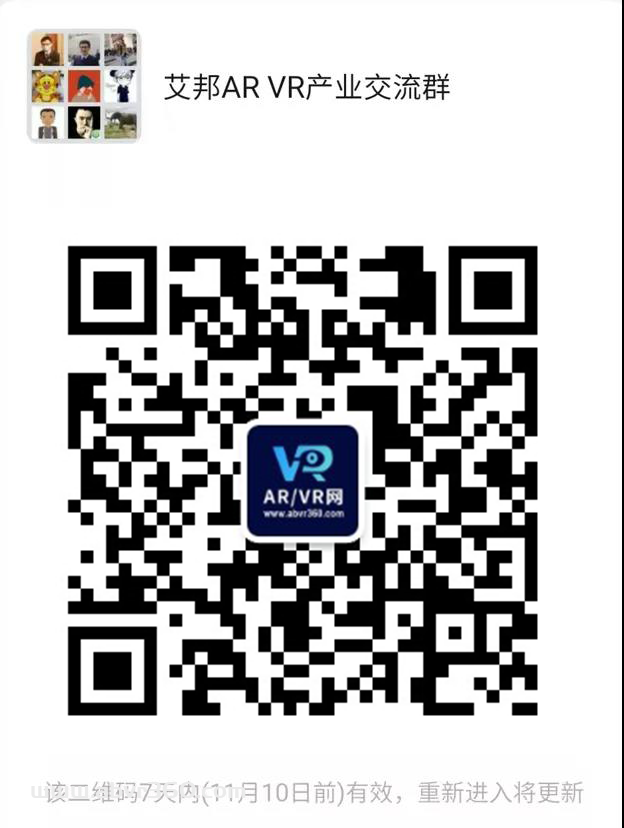Recently, the United States Patent and Trademark Office officially announced Apple's newly granted 62 utility patents. In this particular report, a patent related to the intuitive control interface of Vision Pro was introduced. This interface allows for the control of external devices, such as turning on lights at home and ensuring easy addition of the device to a wireless network.
Electronic Device With Intuitive Control Interface
In Apple's patent background they note that a user's surrounding environment often includes multiple electronic devices. For example, a living room may include one or more desktop computers, laptops, keyboards, mice, headphones, cellular telephones, and other electronic devices. The electronic devices typically communicate with one another over wired connections or over wireless communications links such as Bluetooth® and Wi-Fi communications links.
Users may find it challenging to identify and control which devices are connected and how the devices are connected. Typically, a user must navigate to a settings menu on each individual device, which then provides a list of external devices to which that device is connected. This process can be cumbersome and unintuitive for the user. There may be multiple devices in the user's environment, making it challenging to manage connections between devices.
Apple's granted patent covers an electronic device that may include a display system and control circuitry. The user's environment may be presented on the display system. The environment on the display system may be a captured image of the environment, may be the actual real world viewed through an optical combiner, or may be a completely virtual image representing the environment.
The control circuitry may gather information about external electronic devices in the user's environment, including determining a type and location of each external electronic device and a status of wireless communications links between external electronic devices.
The display system may overlay computer-generated display elements onto the user's environment to indicate the status of wireless communications links between the external electronic devices. In response to touch or gesture input, the control circuitry may send control signals to the external electronic devices to establish or break wireless communications links between external electronic devices.
Apple's patent FIG. 1below is a schematic diagram of an illustrative system in which an electronic device with a display system communicates with external electronic devices; FIG. 2 is a perspective view of an illustrative system in which an electronic device presents an environment on a display system and a user provides touch or gesture input to interact with external electronic devices in the environment.
Apple's patent FIG. 3 below is a front view of an illustrative electronic device showing how a finger swipe from a first external electronic device to a second external electronic device may be used to establish a wireless communications link between the first and second external electronic devices.
Apple's patent FIG. 6 below is a front view of an illustrative electronic device showing how touch or gesture input on a computer-generated display element overlaid onto the environment may cause text to appear in the environment.
Apple's patent FIG. 7 above is a diagram of an illustrative system showing how touch or gesture input may be used to control an external electronic device in the environment.
More specifically, In the example of FIG. 7, external electronic device #14 in the user's environment is a lamp or other light source having an adjustable brightness. Control circuitry may identify the lamp and may assign corresponding user input functions to the display system #24 based on the identified external device #14. For example, a user may swipe up in direction #62 on display system to increase the brightness of light from the external device #14 and may swipe down in direction #64 to decrease the brightness of light from the lamp.
In arrangements where multiple external electronic devices are in the user's environment (and presented on the display system #24), different types of touch or gesture input may correspond to different types of control signals for the external electronic devices.
例如,用一根手指滑动可以控制单个外部电子设备#14(例如,可以调整设备10所指向的光源的亮度;用两根手指滑动可以控制两个外部电子设备#14(例如,可以调整设备10所指向的光源的亮度)。 可以调节用户附近的两个光源的亮度);并且用三个手指滑动可以控制用户附近的所有外部电子设备#14((例如,可以调节用户附近的所有光源的亮度)同一个房间)。
Prior to Vision Pro, the patent focused on both an iPhone UI and an HMD interface to control lighting and/or to make wireless connections as noted in patent FIGS. 3 and 6 above that has an emphasis on an iPhone UI.
In Apple's granted patent update published today, Apple has added focus on Vision Pro's use of this system. More specifically, Apple has added 12 new patent claims with every one of them focused on a "Head-mounted device," as follows:
Claim 1: "A head-mounted device, comprising: a head-mounted display configured to present images of a real-world environment that includes an external electronic device; control circuitry configured to overlay computer-generated display elements onto the external electronic device in the images of the real-world environment, wherein the computer-generated display elements comprise an option for controlling an operational setting of the external electronic device; and a sensor that gathers gesture input, wherein the control circuitry is configured to send wireless control signals for controlling the operational setting to the external electronic device in response to the gesture input."
Claim 2: "The head-mounted device defined in claim 1 wherein the sensor comprises an infrared light camera."
Claim 3: "The head-mounted device defined in claim 1 wherein the sensor comprises a visible light camera."
Claim 4: "The head-mounted device defined in claim 1 wherein the operational setting is selected from the group consisting of: brightness level, volume level, power status, and media playback status."
Claim 5: "The head-mounted device defined in claim 1 wherein the gesture input comprises gesture input to the computer-generated display elements."
Claim 6: "The head-mounted device defined in claim 1 wherein the gesture input comprises hand gestures in the air."
Claim 7: "The head-mounted device defined in claim 1 wherein the computer-generated display elements comprise information about the external electronic device."
Claim 8: "The head-mounted device defined in claim 7 wherein the information is selected from the group consisting of: battery life, wireless connection status, and network capabilities."
Translated from: patentlyapple

